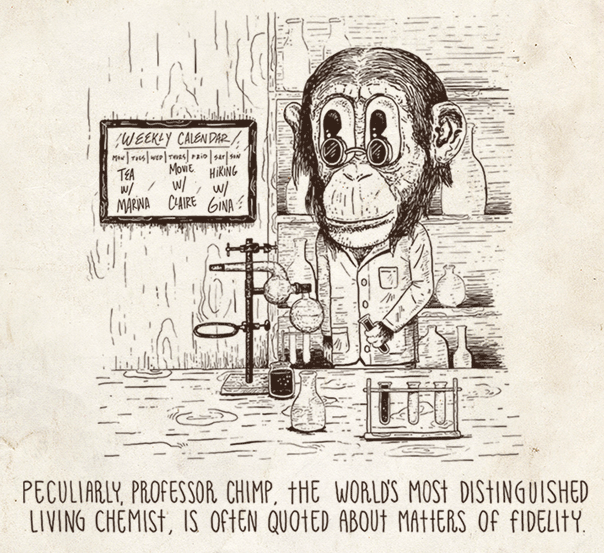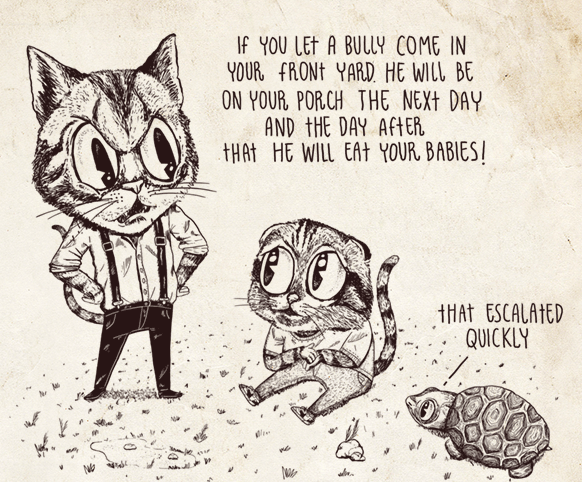David Fincher is an auteur in the same way that Alfred Hitchcock is — you can tell a Fincher film from seeing a single frame. His shots are colored with inky blacks and sickly fluorescent greens and they are always compositionally perfect. His camera moves with an eerie disembodied smoothness that makes a Kubrick film seem down right warm and inviting. His movies mine the murky recesses of the human condition; you are more likely to see a grisly murder in a Fincher movie than a passionate kiss. Even movies that have a relatively low body count, like The Social Network, are imbued with a distinctly Finchersque grimness.
A growing number of critics are starting to pay attention. Above you can see Tony Zhou illustrate the director’s stylistic restraint in a video essay called “And the Other Way is Wrong.” Fincher himself once said, “They know you can do anything so the question is what don’t you do, not what do you do.” And Zhou elegantly shows what Fincher does not do, which is such staples of Hollywood filmmaking as hand-held cameras and close ups. He likes his camera locked down and aloof.
In another video essay series, Aaron Aradillas and the great Matt Zoller Seitz focus simply on the openings of Fincher’s films. The series starts with Fincher’s first, and most maligned, movie Alien3. Aradillas and Zoller Seitz argue that the film is distinctly different from the first two Alien films. Ridley Scott, director of Alien, kept the shots long and the edits largely invisible. Fincher, in contrast, used fast and jarring edits. He started as a music video director and was still in MTV mode when he made Alien3.
In a later episode on Zodiac, arguably his masterpiece, Aradillas and Zoller Seitz show that Fincher brilliantly packed the film’s two opening sequences with an impressive amount of exposition, setting up not just story elements but also the film’s complex, subjective point of view.
There are four videos in total in this series with a promise of a fifth. You can watch them all here.
Earlier this week, we showed you Cameron Beyl’s five-part, three-hour Directors Series study of Stanley Kubrick. Who is he tackling next? Fincher, of course.
Related Content:
Signature Shots from the Films of Stanley Kubrick: One-Point Perspective
Watch 7 New Video Essays on Wes Anderson’s Films: Rushmore, The Royal Tenenbaums & More
The Perfect Symmetry of Wes Anderson’s Movies
Jonathan Crow is a Los Angeles-based writer and filmmaker whose work has appeared in Yahoo!, The Hollywood Reporter, and other publications. You can follow him at @jonccrow. And check out his blog Veeptopus, featuring lots of pictures of badgers and even more pictures of vice presidents with octopuses on their heads. The Veeptopus store is here.











